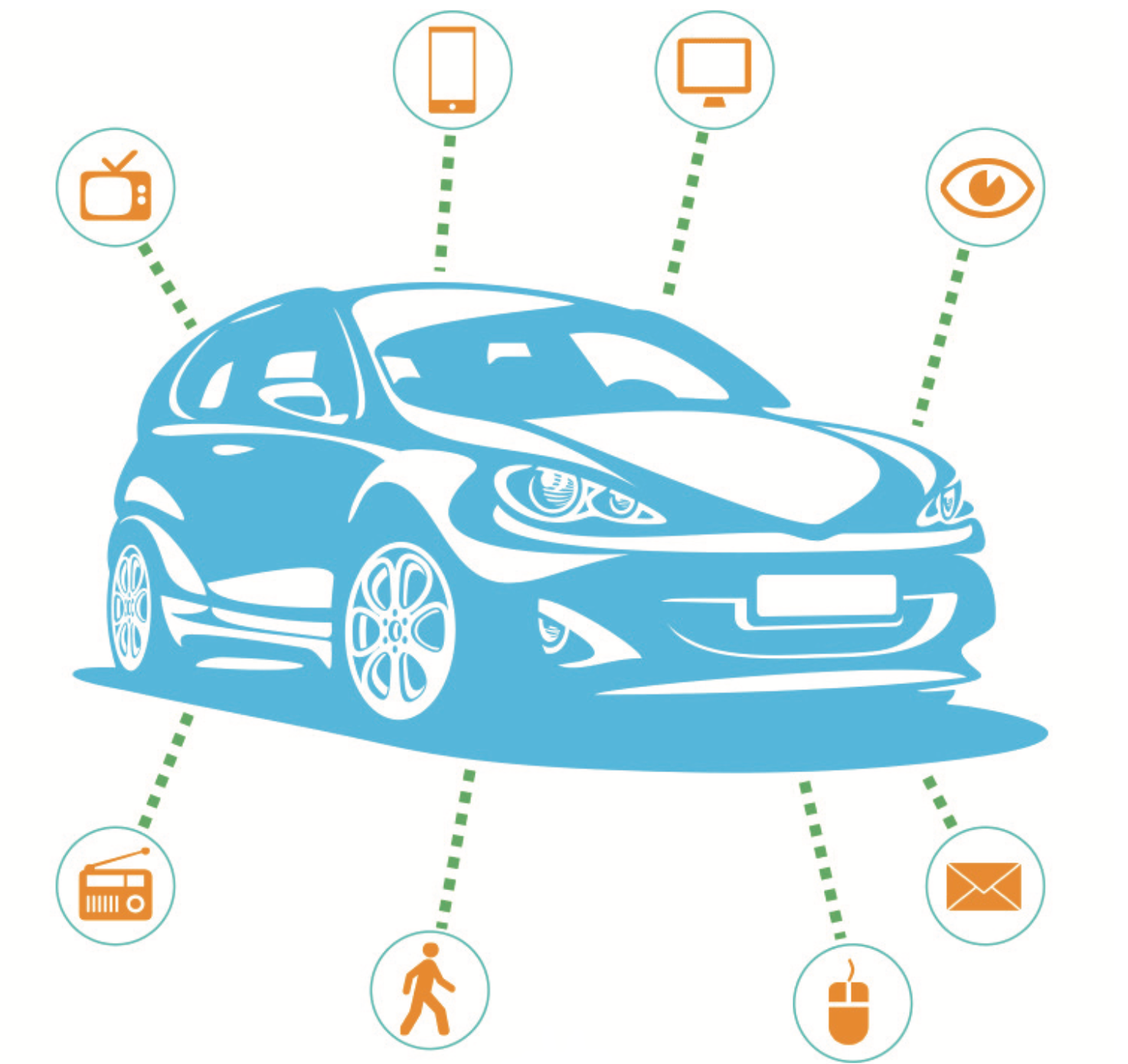Sales Attribution
Attribution – Sales Solutions
A car buyer’s path to purchase, could be compared to a basketball game. The ball is handled by multiple players before one of them scores. Of course, if you’re the coach, you are interested in the performance of the player who made the basket, but also how all the players worked together to move the ball down the court. Developing a strategy to help the team keep scoring, means understanding the “whole” team dynamic, how they all worked together to make it happen, so it can be duplicated, repeatedly.
Similarly, capturing the ways that auto shoppers interact with the entire mix of your marketing channels before the purchase allows you to determine what works, what was influential, the team dynamic, so to speak. The good news is, with all of advertising channels available it means there are more ways than ever to reach potential consumers.
Inside of all the opportunities however, the challenge is a much more complicated analysis in determining what marketing elements have the most efficacy.
Optimizing Digital Marketing - Transparent Results from Investment Actions
The power of sales attribution is that it allows you to see the entire journey to purchase with concise clarity. The buyer’s behavior can be measured by precise indicators including web inquiries, online chats, and phone calls all tracked back to the dealership’s website. Online analytics can detail which page provoked the lead and exactly how a buyer arrived on a specific page.
Comprehensive data reveals the key pieces involved in the purchase decision that were the most influential. Because sales attribution provides an accurate measure of all dollars spent against sales, the increase in ROI and speed of closing sales can be significant. Surprisingly though, a recent study revealed, 68 percent of dealerships aren’t effectively using, or failing to use, any type of marketing attribution to measure their marketing results.
“Purchase analysis reports provide auto dealers and OEMs the evidence they need for improved business decisions, “said Brad Korner, General Manager - Cox Automotive Rates & Incentives, “Armed with this information, dealers and OEM representatives can determine, monthly, exactly what is performing well and identify areas where they need to improve.”
Studies support the idea that consumers expect and respond better to messaging that is customized to them. Fortunately, the emergence of innovative business intelligence tools has pushed customization and automation to new levels. Process tools such as customizable interactive dashboards have the capability to fully integrate with your CRM. By way of combining analysis of online activity and multi-channel attribution, dealers have access to indispensable data of customers’ intent and patterns - delivering measurable results far beyond those of traditional metrics.
Sales attribution is a powerful solution that gives full, transparent data tracking, so you can attribute each dollar spent to a tangible outcome. In addition to understanding where your marketing dollars are best applied across your audience, you gain deeper insight into buyer demographics and preferences and how to better target like-minded consumers.


